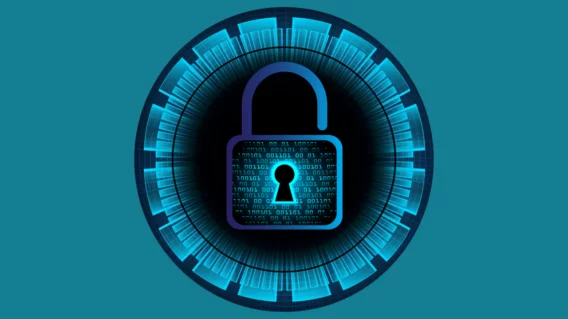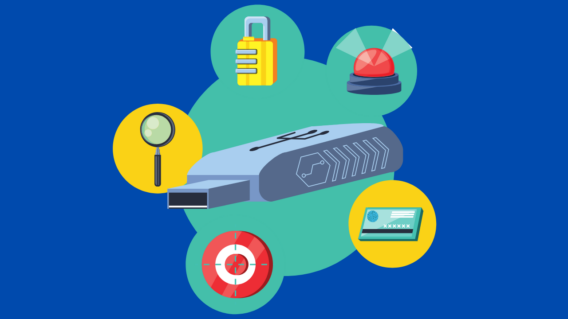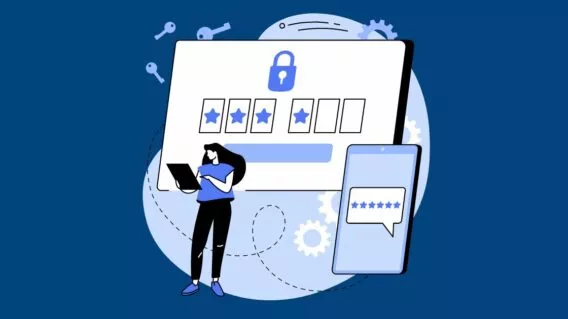Ransomware Prevention Guide for Managed Service Providers

“Ransomware is one of the biggest cyberthreats facing businesses today,”
Fabian Wosar, CTO of Emsisoft.
Ransomware is no longer merely a threat; it has evolved into a pervasive plague, holding businesses captive and demanding exorbitant sums for the release of their vital data. As an MSP, you occupy a frontline position, safeguarding your clients from this digital scourge. This comprehensive guide outlines a strategic approach to preventing ransomware attacks, drawing upon industry best practices, compelling statistics, expert insights, and the advanced capabilities offered by Emsisoft.
Ransomware: How Cybercriminals Hold Data Hostage
Ransomware is a malicious software that encrypts a victim’s data, rendering it inaccessible. Cybercriminals then demand a ransom payment to provide the decryption key. This digital hostage situation can cripple individuals and businesses, causing significant financial and reputational damage.
MSPs: The Gateway to Ransomware
Managed Service Providers often serve as entry points for ransomware attacks due to their management of IT services for multiple clients. A compromised MSP can provide attackers with simultaneous access to numerous client networks, amplifying the impact of their attacks. This makes MSPs a critical target for cybersecurity efforts, as securing their environments is essential to preventing widespread ransomware incidents.
The Economic Impact of Ransomware
In addition to ransom payments, Managed Service Providers incur several significant costs during ransomware attacks, which can have a profound impact on their operations and finances.
Here are some of the key costs associated with ransomware incidents:
Downtime Costs
One of the most substantial costs for MSPs during a ransomware attack is the downtime experienced by their clients. According to recent research, the average cost of downtime has inched as high as $9,000 per minute for large organisations. For higher-risk enterprises like finance and healthcare, downtime can eclipse $5 million an hour in certain scenarios—and that’s not including any potential fines or penalties.
Recovery Costs
The recovery process from a ransomware attack can be extremely costly. According to IBM Cost of a Data Breach Report 2024, the global average cost of a data breach in 2024 is USD 4.88M—a 10% increase over last year and the highest total ever. This includes expenses related to restoring data, repairing systems, and implementing enhanced security measures to prevent future attacks.
Legal and Compliance Costs
MSPs may face legal liabilities and compliance costs following a ransomware incident. If sensitive client data is compromised, MSPs could incur legal fees, regulatory fines, and costs associated with notifying affected parties. These expenses can escalate quickly, especially if the attack leads to lawsuits or regulatory scrutiny.
Reputational Damage
The reputational impact of a ransomware attack can lead to lost business opportunities and a decline in client trust. MSPs may find it challenging to acquire new clients or retain existing ones after a significant breach, which can have long-term financial implications.
Increased Cybersecurity Insurance Premiums
Following a ransomware attack, MSPs may see their cybersecurity insurance premiums increase. Insurers often adjust rates based on the risk profile of the insured, and a history of ransomware incidents can lead to higher costs for coverage in the future.
Investment in Enhanced Security Measures
Post-attack, MSPs typically need to invest in more robust security measures to safeguard against future threats. This includes upgrading software, implementing advanced threat detection systems, and providing additional training for staff, all of which can be costly.
These cumulative costs highlight the extensive financial burden that ransomware attacks can impose on MSPs, far exceeding the initial ransom demands.
Prevention is Key – Best Practices for Ransomware Prevention
Access Controls:
- Implement strong access controls, including role-based access and multi-factor authentication (MFA).MSPs must understand how cyber criminals bypass MFA and what you can do to stop them.
- Limit administrative privileges to essential personnel.
Regular Software Updates:
- Enforce automatic updates for operating systems, applications, and security software across all endpoints.
- Prioritise patching known vulnerabilities promptly to prevent exploitation.
Strong Password Policies:
- Implement and enforce complex password requirements, including a mix of characters, numbers, and symbols.
- Encourage the use of unique passwords for different accounts.
- Consider password managers to help users create and manage strong passwords securely.
Employee Education and Awareness:
- Conduct regular cybersecurity training to educate employees about ransomware tactics, such as phishing and social engineering.
- Teach employees to identify suspicious emails, attachments, and links.
- Emphasise the importance of reporting any suspicious activity immediately.
Backup and Recovery Strategy:
- Implement a comprehensive backup strategy with regular testing and verification.
- Store backups offline or in an isolated environment to prevent ransomware encryption.
- Develop a detailed recovery plan to minimise downtime in case of an attack.
Network Segmentation:
- Isolate critical systems and data to limit the spread of ransomware in case of a breach.
- Implement network segmentation to create separate zones for different functions.
Endpoint Protection:
- Deploy robust endpoint protection solutions with advanced threat detection and prevention capabilities.
- Ensure real-time protection against malware, ransomware, and other threats.
Email Security:
- Utilise email security solutions with advanced spam filtering and anti-phishing features.
- Train employees to be cautious of suspicious emails and attachments.
Incident Response Plan:
- Develop a comprehensive incident response plan outlining steps to take in case of a ransomware attack.
- Conduct regular tabletop exercises to test the plan’s effectiveness.
The Emsisoft Advantage
Emsisoft’s endpoint protection solutions offer robust ransomware defence capabilities, including behaviour-based detection, exploit detection, password protection, RDP attack alerts, and ransomware rollback.
Emsisoft Enterprise Security + EDR
Robust and proven endpoint security solution for organizations of all sizes. Start free trialBy prioritising prevention and implementing effective security measures, MSPs can significantly reduce the risk of falling victim to ransomware attacks and protect both their business and their clients’ data.


